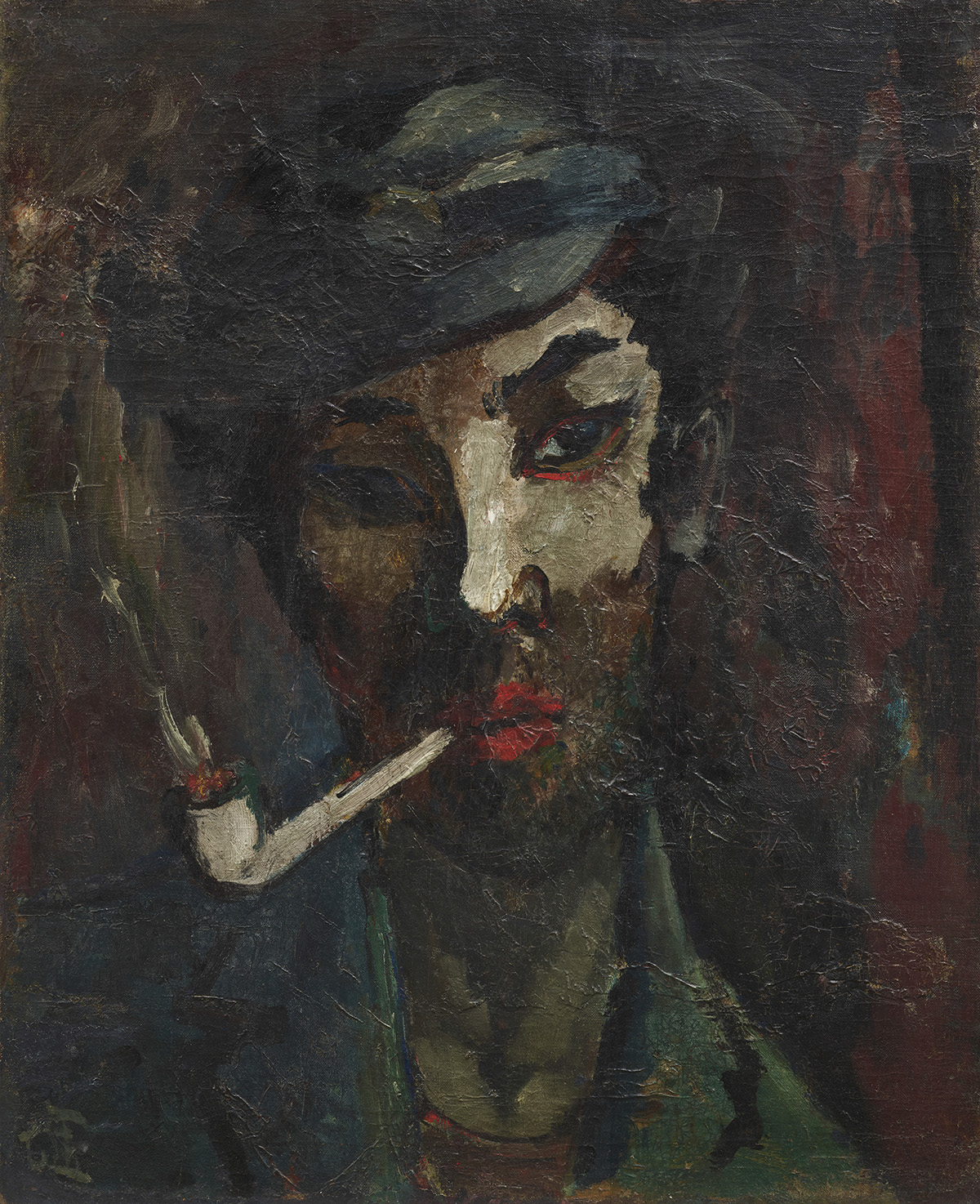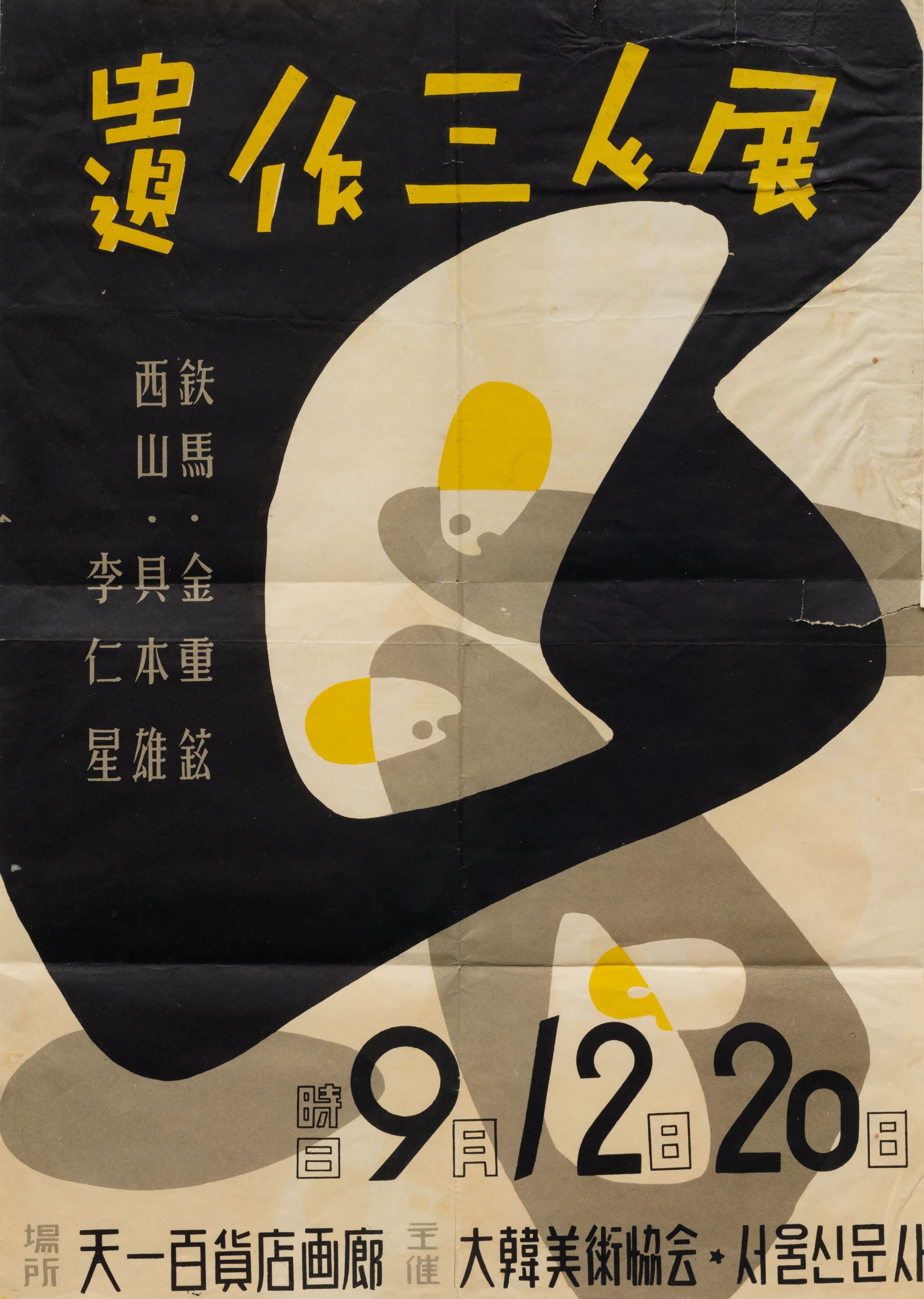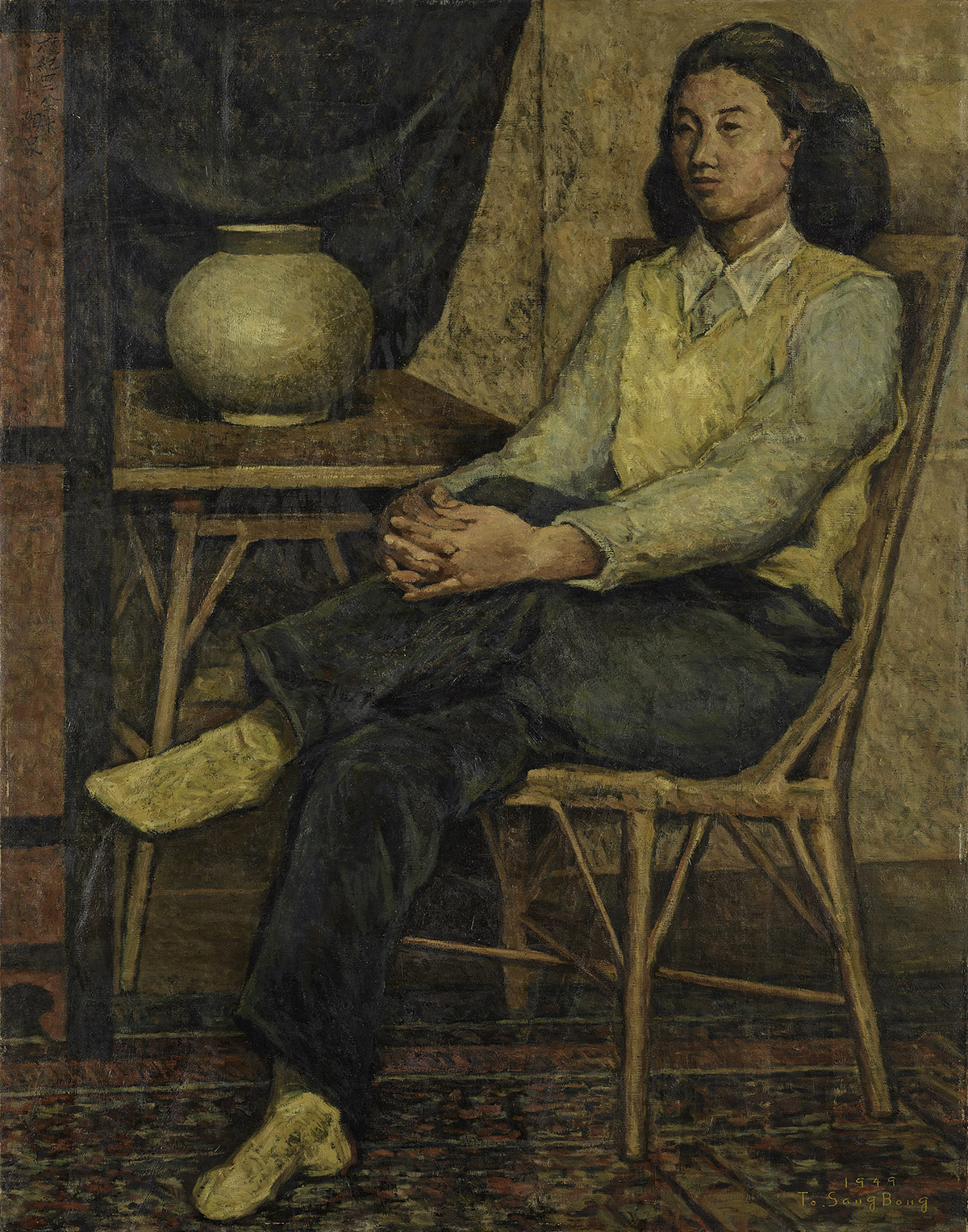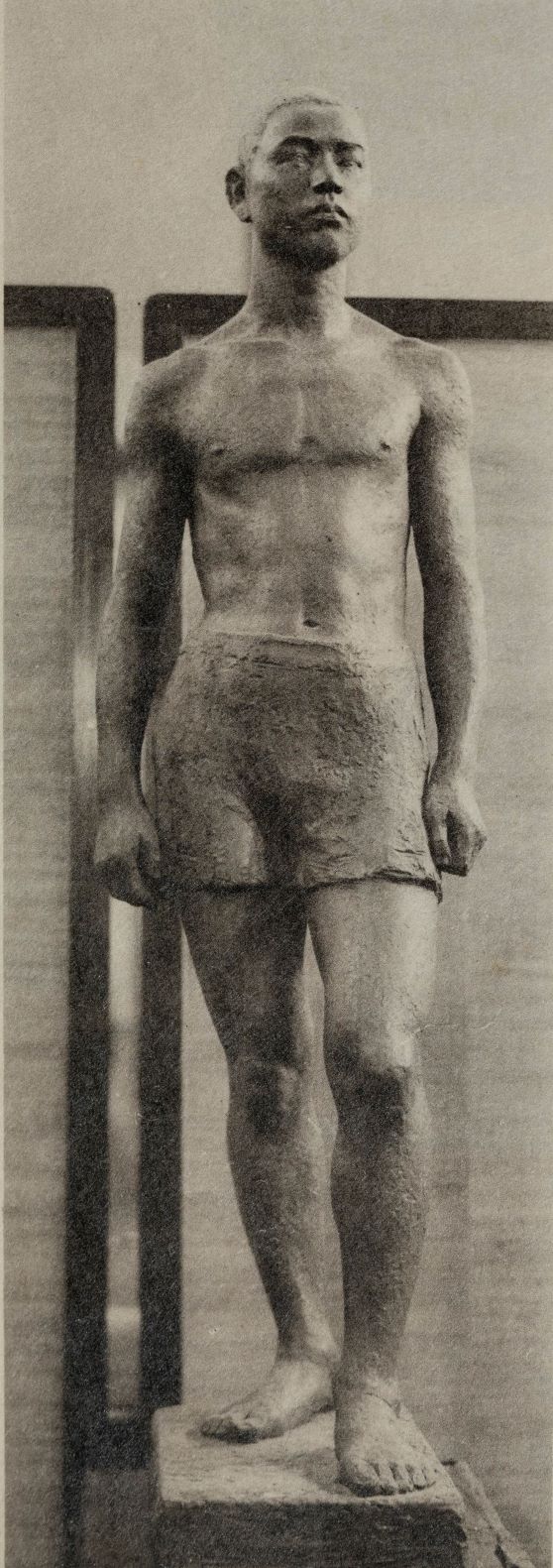
Gu Bonung, Portrait of a Friend, 1935, Oil on canvas, 62×50cm. MMCA collection
Gu Bonung
* Source: Multilingual Glossary of Korean Art by Korea Arts Management Service
Find More
-

Cheonil Gallery
A gallery that opened in July 1954 on the fourth floor of the Cheonil Department Store, which was located in Jongno 4-ga, Seoul. The gallery was established by Lee Wansuk, an alumnus of the Department of Design at the Taiheiyo Art School of Tokyo, for the purpose popularizing art culture. The gallery engaged in a wide range of activities: art sales, art loaning, appraisal, introducing Korean art overseas, holding lectures on art, and mounting artwork. The inaugural exhibition was the Contemporary Artists Exhibition, which featured 40 artists active in Eastern art, Western art, and sculpture. The 2nd exhibition drew attention for featuring the posthumous work of Kim Junghyun, Gu Bonung, and Lee Insung, but the gallery closed after about six months.
-

To Sangbong
To Sangbong (1902-1977, pen name Docheon) learned western painting from Ko Huidong at Bosung High School. He graduated from the Department of Western Art at Tokyo School of Fine Arts in 1927 and participated in the Yeoran and Dongmi alumni groups. He organized a Drawing Exhibition with Gu Bonung and Lee Haeseon in 1931. After Independence, he participated in the National Art Exhibition as a judge from 1946 to 1961 and became a member of the Republic of Korea's National Academy of Arts in 1957. His works were based on the Classicism and Academism that he learned at Tokyo School of Fine Arts. His work was characterised by regular compositions and warm colors. In his early years, he mainly produced portraits, but he switched to softly painted still life subjects, such as flowers or Korean white porcelain objects mid-career. During his late career he created realistic works presenting Oriental philosophy as he saw it embodied within historically significant landscapes. To Sangbong achieved significant influence in Korea thanks to his gentle translation of the Western Academic tradition.







